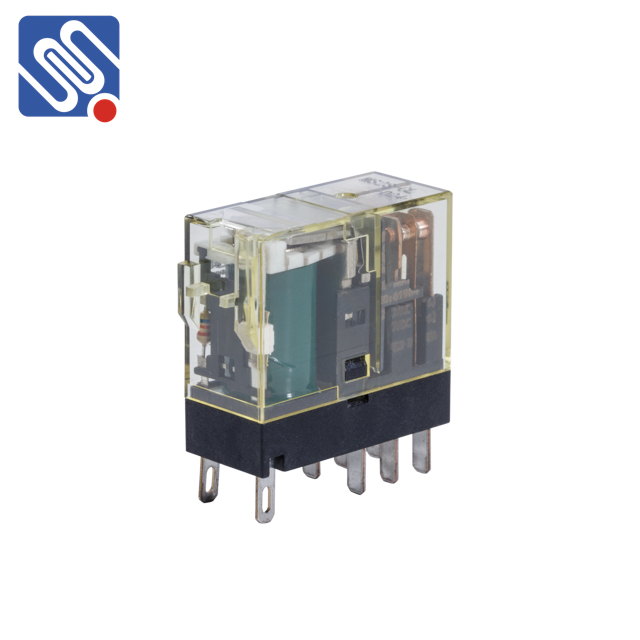When designing and implementing electrical systems, one of the most crucial components is the relay. Whether it’s for switching high-power circuits, controlling loads in industrial automation, or managing safety in complex systems, selecting the right relay is a key decision that can significantly impact the reliability and efficiency of your system. This article delves into the importance of relay type selection, the factors to consider, and the different types of relays available.

Understanding Relays and Their Importance A relay is an electrically operated switch that allows a low-power control signal to operate a high-power circuit. They are commonly used in applications where direct switching of electrical loads with a low-power controller (like a microcontroller or a PLC) is needed. By choosing the right type of relay, engineers can ensure efficient switching, reduce the risk of component damage, and extend the lifespan of electrical systems. Key Factors to Consider in Relay Type Selection 1. Voltage and Current Ratings The first and most important factor in relay selection is ensuring the relay can handle the voltage and current levels present in your circuit. If the relay’s contact ratings are too low, it could fail to switch the load properly, overheat, or even burn out. For example, if you are switching a 12V DC load that draws 10A, you’ll need a relay rated for both 12V and 10A, with some safety margin.